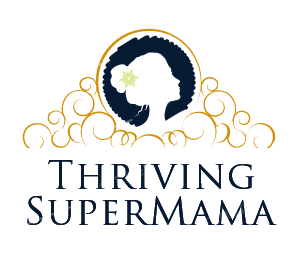Your child’s oral hygiene is just as important as yours. It is your duty as a parent to ensure that your kids are practicing healthy oral hygiene to avoid or reduce tooth decay. Here are some ways you can incorporate good oral hygiene in your child’s routine from a tender age.
Before teeth care
At this stage, the baby’s mode of feeding is either from bottle or breastfeeding. Ensure that you carefully clean your baby’s gums right after breastfeeding. Use your clean index finger wrapped in a moistened clean washcloth. When bottle-feeding your baby, keep in mind that tooth decay is an infectious disease transmissible from mother to infant. For this, avoid cleaning your toddler’s pacifier and testing the temperature of the bottle with your mouth.
Milk Teeth care
Children have different growth spurts, but generally, their first teeth will appear between the age of 6 to 10 months. All 20 milk teeth will usually appear by age three. As a parent, you need to be prepared when this happens. We advise you to start off brushing your toddler’s teeth with a soft baby toothbrush and water twice a day. At approximately 18- 20 months moving forward, introduce a pea-sized amount of toothpaste in their routine. Continue massaging their gums using a moist clean washcloth. This helps with blood circulation in the gums through stimulation of gum tissues.
Learning to brush
This is an important skill that a parent should teach their kids. If you want your child to know how to brush their teeth, set an example by doing it with them. Slowly teach your child hand coordination and spitting immediately after brushing. Be there when they brush to ensure that this is done. When you start teaching them, they will be able to do it on their own by age six. Schedule brushing time together as this will be a good time to supervise them and to make the process habitual. Transform this into a fun experience by introducing songs on brushing and incorporating colorful toothbrushes in your normal routine.
Other forms of oral hygiene
Monitor what your child eats as some foods especially sugary ones are bad for their teeth. Advocate for healthier alternatives. Use natural sweeteners like honey as opposed to sugar, candies and chocolates. Other than brushing, encourage your child to floss. Flossing should begin as soon as the child’s teeth touch and afterwards for good oral hygiene practices. When your child is older enough, around six years, you can introduce an antiseptic mouth wash with low alcohol content in their routine. Rinsing the mouth with a good mouth wash ensures that your child’s teeth and gums remain healthy.
A visit to the dentist
This shouldn’t only be done when there’s a cause of alarm. Always schedule a doctor’s appointment for your child regularly. Their first dental visit can be done around the sixth month after their first tooth appears. Be more involved in your child’s oral hygiene by checking for unusual small brown or white spots on their teeth. If any of the aforementioned are visible, book to see a dentist immediately. Sometimes children can be scared to go to the dentist and even start throwing tantrums about it. To avoid this, talk to them prior to the visit and ensure them that you will be there all through. Take your child on your own dentist appointments so they can see that it’s a normal way of life.
Don’t tire from practicing good oral hygiene with your child from a tender age. The earlier the better as it ensures that your child has and maintains healthy teeth and gums even as an adult.

